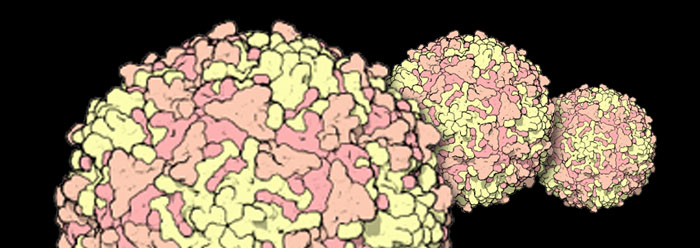The human ear is an amazing device. In a recent press release, an MIT engineer said that the ear is “like a super radio with 3,500 parallel channels.”1 In fact, its design inspired the development of a new space and energy-saving radio receiver chip.
MIT researchers mimicked the inner construction of the human ear to invent the radio frequency cochlea, or RF cochlea, which might someday enable cell phones and other devices to receive cellular, Internet, radio, and television signals. However, though the researchers employed natural design in the RF cochlea, they did not employ natural logic in considering the origin of that design.
The human cochlea’s intricate structure solves a host of technical problems by accurately capturing a wide range of sound waves and converting them into a reliable electrochemical signal by use of a specialized membrane linked into a long series of hair cell detectors. In the RF cochlea, electronic inductors and capacitors mimic the fluid-filled membrane in human cochleas, and transistors mimic the cochlear hair cells. The engineers embedded these features into a tiny silicon chip, which works faster and requires much less power than previous synthetic electromagnetic spectrum analysis technologies.
MIT researcher Rahul Sarpeshkar and his team of experts work in the field of bioelectronics, which utilizes specific design principles found in living systems. Some of the principles incorporated into the RF cochlea were special-purpose architectures, analog preprocessing before digitization, exponential computing power, and an effective balance between the costs of computation versus communication.
In a news release, Dr. Sarpeshkar said that “engineers can learn a great deal from studying biological systems that have evolved over hundreds of millions of years to perform sensory and motor tasks very efficiently in noisy environments while using very little power.”1 But what does a long time span actually accomplish within biological systems?
Biological systems relentlessly break down. Even with DNA and tissue repair mechanisms in place, hearing loss occurs in individuals of all vertebrate groups over just one lifetime. And mutations stack up over the course of multiple lifetimes, which eventually leads to mutational meltdown.2 The long periods of time considered necessary for evolution actually hurt and do not help the theory. With more time comes more degeneration, not more organization.
Engineers can learn a great deal from studying today’s copies of the biological systems that were created roughly 6,000 years ago. These systems perform sensory and motor tasks very efficiently while using very little power. Both Dr. Sarpeshkar’s inventions and the original biological systems he copied share the same design principles.
But they share another fundamental similarity: they were purposefully and ingeniously designed. Clearly, the intimate knowledge of operational design principles that makes these researchers’ inventions possible radically contrasts with their failure to understand the origins of those very same principles.
References
- Trafton, A. Drawing inspiration from nature to build a better radio: New radio chip mimics human ear, could enable universal radio. Massachusetts Institute of Technology press release, June 3, 2009, reporting research published in Mandal, S., S. M. Zhak, and R. Sarpeshkar. 2009. A Bio-Inspired Active Radio-Frequency Silicon Cochlea. IEEE Journal of Solid-State Circuits. 44 (6): 1814-1828.
- Parker, G. 1980. Creation, Mutation, and Variation. Acts & Facts. 9 (11).
* Mr. Thomas is Science Writer at the Institute for Creation Research.
Article posted on June 19, 2009.

























